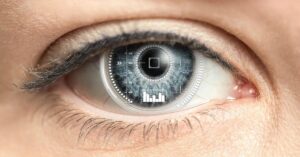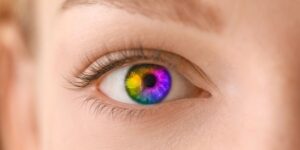What is Myopia?
Myopia, also known as nearsightedness, is a common refractive error that affects a significant portion of the population worldwide. For many years, the only solutions available for myopia were corrective lenses or surgery. However, in recent years, there has been an increased focus on myopia control to slow down or even halt the progression of this condition.
When did myopia control become a thing?
The history of myopia control dates back to the late 19th century when researchers began to explore the causes and potential treatments for myopia. One of the earliest methods for myopia control was the use of bifocals, which were first introduced by Benjamin Franklin in the 18th century. Bifocals were used to correct both near and distance vision, which was thought to help reduce eye strain and potentially slow down the progression of myopia.
Atropine Drops
In the early 20th century, researchers began to experiment with different methods of myopia control, including the use of atropine eye drops. Atropine works by dilating the pupil and temporarily paralyzing the eye muscles, which can help reduce the progression of myopia. Although atropine was not widely used for myopia control until more recently, it has been shown to be effective in slowing down the progression of myopia in children.
Orthokeratology
Another method of myopia control that has gained popularity in recent years is orthokeratology, or ortho K. Ortho K involves wearing specially designed rigid contact lenses overnight to reshape the cornea and correct refractive errors. Studies have shown that ortho K can be effective in slowing down the progression of myopia in children and adolescents.
Specialty Contact Lenses
Specialty contact lenses, such as multifocal lenses or soft contact lenses with peripheral defocus technology, have also been developed to help control myopia progression. These lenses work by altering the way light enters the eye, which can help reduce eye strain and potentially slow down myopia progression. MiSight contact lenses are an excellent example of these types of lenses.
Myopia Control Glasses
In addition to contact lenses, special glasses have also been developed for myopia control. One such example is the Essilor Stellest lens, which incorporates a unique design to help reduce eye strain and slow down the progression of myopia.
Learn More About Myopia Control By Visiting Michigan Contact Lens
Overall, there are now several effective methods for myopia management and control, including atropine, ortho K, specialty contact lenses, and special glasses. These methods have been shown to be effective in slowing down the progression of myopia in children and adolescents, highlighting the importance of early intervention in managing this common refractive error.






















